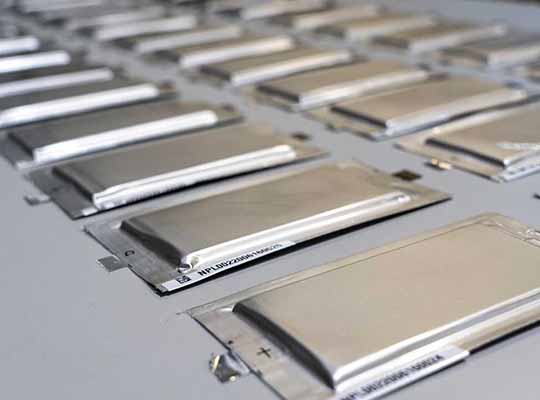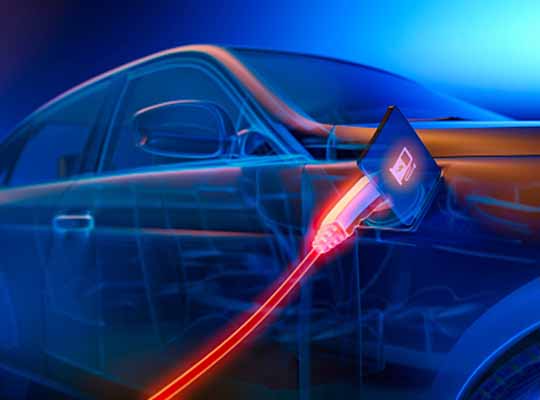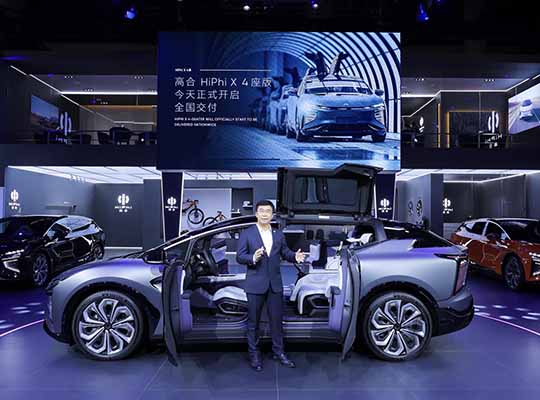BOSTON – IDTechEx has recently launched the new version of their market research report on solid-state batteries – “Solid-State and Polymer Batteries 2021-2031: Technology, Forecasts, Players”. This report identifies key players within the market; discusses manufacturing challenges and how companies are addressing limitations; explores lithium metal as a strategic resource; as well as providing 10-year forecasts in terms of capacity production and market size; and much more.
This article explores the history of solid-state batteries and looks ahead at regional development, sharing some of the research from the new report.
The History of Solid-state Batteries
The 1970s saw the first application of solid-state electrolytes as primary batteries for pacemakers, where a sheet of Li metal is placed in contact with solid iodine. The two materials behave like a short-circuited cell and their reaction leads to the formation of a lithium iodide (LiI) layer at their interface. After the LiI layer has formed, a very small, constant current can still flow from the lithium anode to the iodine cathode for several years.
Fast forward to 2011 where researchers from Toyota and the Tokyo Institute of Technology have claimed the discovery of a sulphide-base material that has the same ionic conductivity of a liquid electrolyte, something unthinkable up to a decade ago. Five years later, they were able to double that value, thus making solid-state electrolytes appealing for high power applications and fast charging. This and other innovations have fuelled research and investments into new categories of materials that can triple energy densities of current Li-ion batteries.
In 2015, Volkswagen got a 5% stake in QuantumScape, Dyson acquired Sakti3, Bosch acquired SEEO and Johnson Battery Technologies sold its solid-state batteries to BP. In 2017, Bosch gave up SEEO and was selling the company, and Dyson abandoned the technologies of Sakti3, but interest in solid-state batteries did not disappear. Ford, Samsung and Hyundai invested in Solid Power, with the latter also partnering up with BMW. Renault, Mitsubishi and Nissan invested in Ionic Materials. In 2020, there was lots of further interest in solid-state batteries, such as the newly developed solid-state batteries based on argyrodite electrolyte by Samsung, and a further $ 200 million investment by Volkswagen on QuantumScape. Besides the companies forementioned, Honda, Fisker, Panasonic, CATL were also getting involved in the market.
Regional Development
Solid-state batteries have had strategic importance in multiple countries and regions. For instance, Germany has earmarked 1 billion Euros to support a consortium looking to produce electric car battery cells and there are plans to fund a research facility to develop next-generation solid-state batteries. In the UK, a 30-month collaborative project, “PowerDrive Line”, will develop a lithium-based solid-state battery for EVs and PHEVs, and establish a pre-pilot line for this solid-state battery cell technology. From May 2018, the Japanese government has created a new research entity known as the Consortium for Lithium Ion Battery Technology and Evaluation Center (Libtec) to push forward with research into solid-state batteries. In South Korea, the 3 largest battery manufacturers, SK Innovation, LG Chem, and Samsung SDI, are promoting joint research on next-generation battery fields – including solid-state batteries. US solid-state battery companies have attracted investment from Asian and European battery vendors, car makers and venture capitals.
Interests are heavily driven by the electric vehicle market and regional convenience is an important consideration for the next stage of commercialization, especially based on the current situation with COVID-19 affecting consumers’ purchasing decisions, lifestyle and influencing globalization. This will lead to further consolidation and partnerships, and it is highly likely that new solid-state battery manufacturing sites are located near the electric vehicle application market. While start-ups far away from the application markets tend to license their technologies, rather than building manufacturing sites locally.
Report coverage
IDTechEx predicts in their new report that the solid-state batteries market will reshuffle supply chain and reach over $8 billion by 2031 – a revolutionary approach for the battery business and potential EV game-raisers.
For a further understanding of solid-state battery markets, players, technologies, opportunities and challenges, please refer to the IDTechEx report “Solid-State and Polymer Batteries 2021-2031: Technology, Forecasts, Players”.













